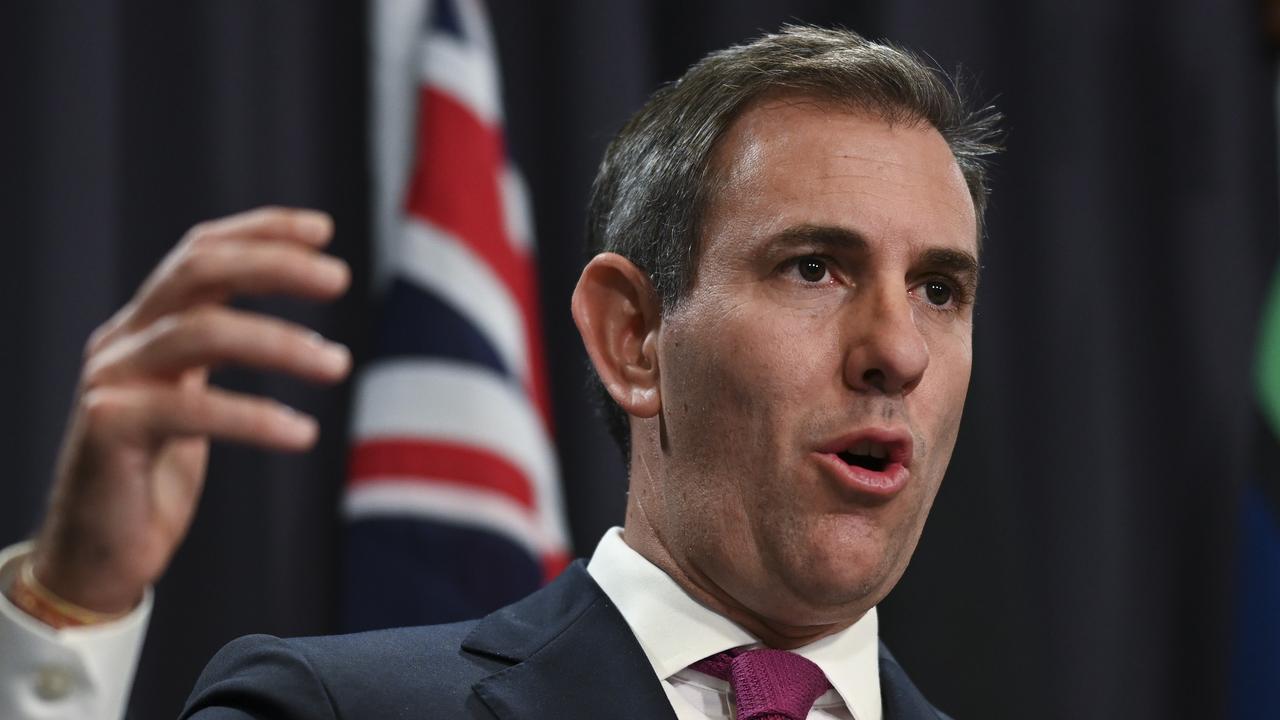Major changes are set for Australian workers as the government races to address a rapidly aging population and looming changes to the global economy.
The first treasury document of its kind since 1994, the new employment white paper released on Monday and entitled ‘Working Future’, includes initiatives and policy directions across a range of areas, including reforms to the migration system, investment in skills and enhancements to workforce participation.
While the jobs blueprint is largely a consolidation of previously announced government policies, the strategy will seek to guide the government’s in reforms currently underway.
These include the establishment of workforce planning agency Jobs and Skills Australia, a new national skills agreement being negotiated with the states and territories, as well as a fresh migration strategy and the universities accord.
One new announcement in the white paper is the permanent continuation of the $4000 income credit for aged and veterans pensioners that was announced as a temporary measure 12 months ago.
Seniors and veterans will continue to be able to work more, and subsequently earn thousands of dollars more, before their pension payments are reduced in a bid to boost workforce participation among these cohorts.
The Treasurer committed a further $41 million over the next six years to TAFE training, including new TAFE centres of excellence, as part of the new national skills agreement.
Of the new funding, $31 million will go to fast tracking six new TAFE centres with the ambition of improving co-ordination between training and industry, while the remaining $10 million will go towards developing bachelor-equivalent higher apprenticeships
A $9 million scoping study for a ‘National Skills Passport’ will be launched. Under the proposal, a worker’s qualifications would be more easily demonstrated to employers thus reducing barriers to attaining employment.
In the document, the government also outlined its ambitions to keep the unemployment rate at its lowest level possible so “everyone who wants a job can get one without searching for too long.”
But the Treasurer has faced accusations that the government’s stance on full employment is at odds with the Reserve Bank’s non-accelerating inflation rate of unemployment (NAIRU) of between 4-4.5 per cent, and will its efforts to control inflation more difficult.
The NAIRU is the level of unemployment the central bank forecasts below which inflationary pressures can increase, and means that the RBA views the current 3.7 per cent unemployment rate as unsustainably low.
However, Dr Chalmers has maintained his more ambitious jobs objective serves as a goal, rather than the RBA’s “technical assumption”, and therefore will not undermine its inflation fighting efforts.
In June, RBA deputy governor Michele Bullock warned the economy would shed roughly 140,000 jobs as inflationary pressures subsided and returned to the Reserve’s 2-3 per cent target band.
Launching the new jobs plan in Adelaide on Monday, Treasurer Jim Chalmers lauded the road map as a bid to build a “dynamic and inclusive” labour market.
“It provides the road map for Australia to build a bigger, better-trained and more productive workforce – to boost incomes and living standards and create more opportunities for Australians to participate to their full potential,” Dr Chalmers said.
“Working Future will be central to the Albanese Government’s plans to build the workforce we need for a stronger, fairer and more inclusive economy into the future.”
Following its review of the migration system, the government is expected to deliver its full corresponding strategy later this week, with accompanying legislation to follow.
The most controversial elements of the proposed changes are expected to be around the salary threshold for a new highly-paid permanent skilled visa, changes to workplace mobility rules for sponsored visa holders, and unions’ role in forming labour agreements in the low-paid worker stream, for example in the aged-care sector.
At the time of white paper’s release, the unemployment sits at near record-low levels of 3.7 per cent and there are more than 430,000 job vacancies according to official estimates.
However, the jobless rate is expected to rise in the months ahead while vacant roles will come off the boil as the economy continues to slow.
Adding to the government’s concerns, are the still millions of Australians who want to work but still face barriers to participation. People with a disability, from minority groups, have caring duties or have limited skills have been traditionally faced greater challenges finding work.
The white paper is a product of roughly 12 months of work since the government’s Jobs and Skills Summit, held in September last year.
More to come.

